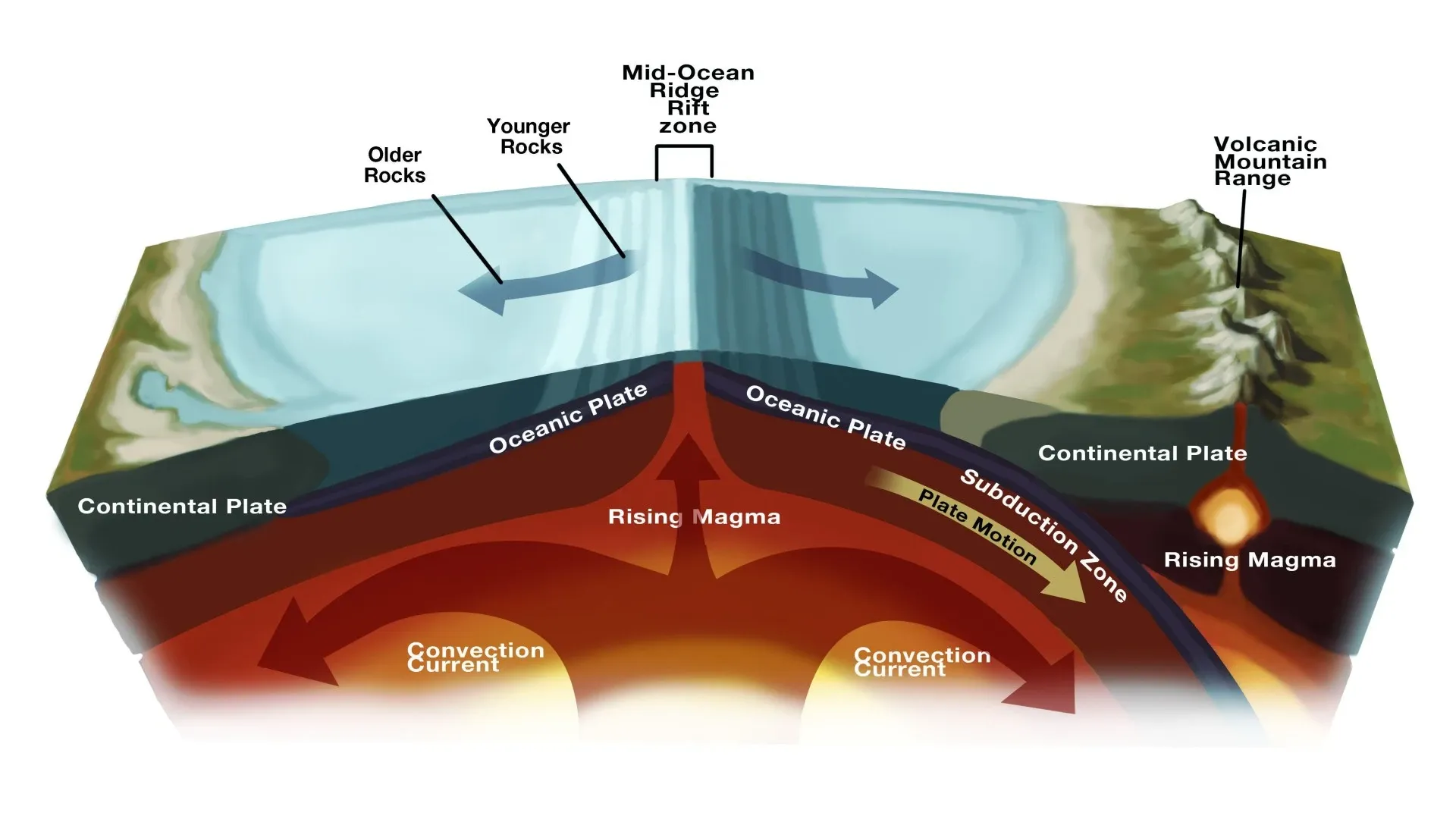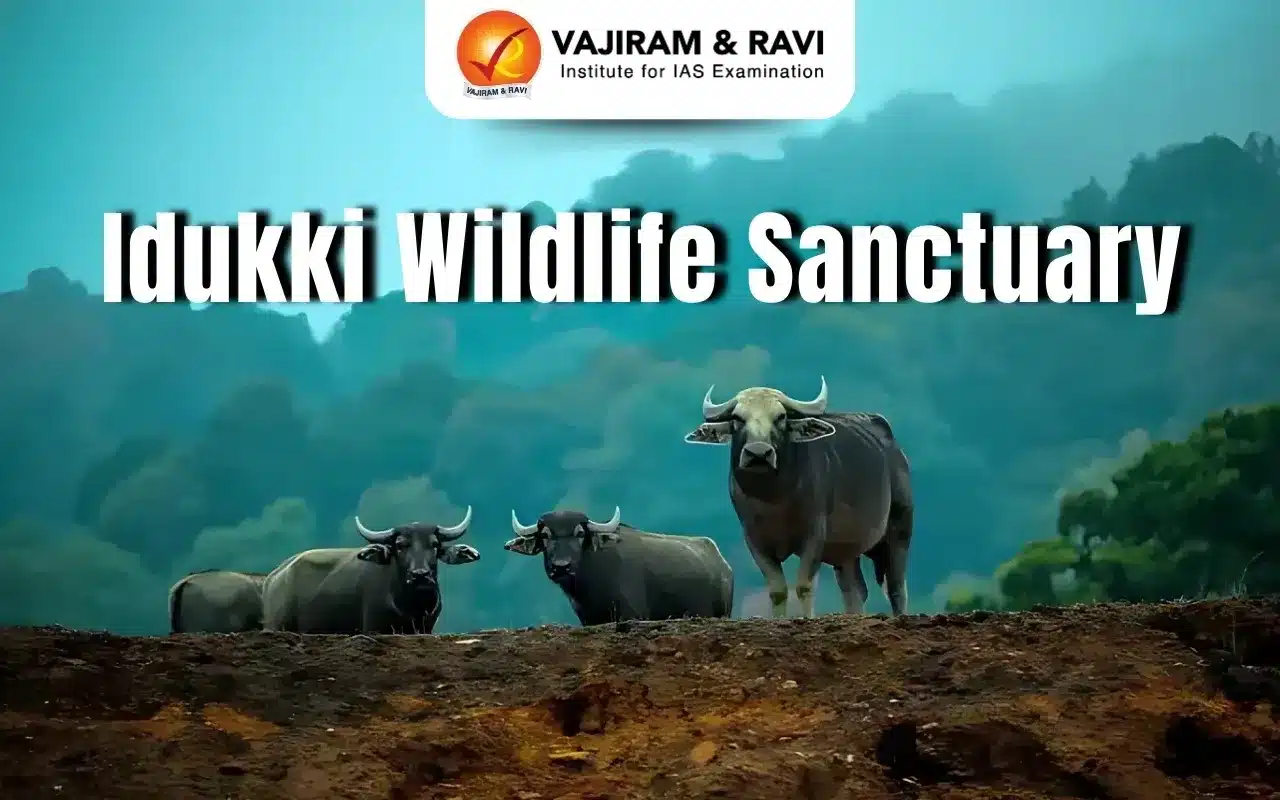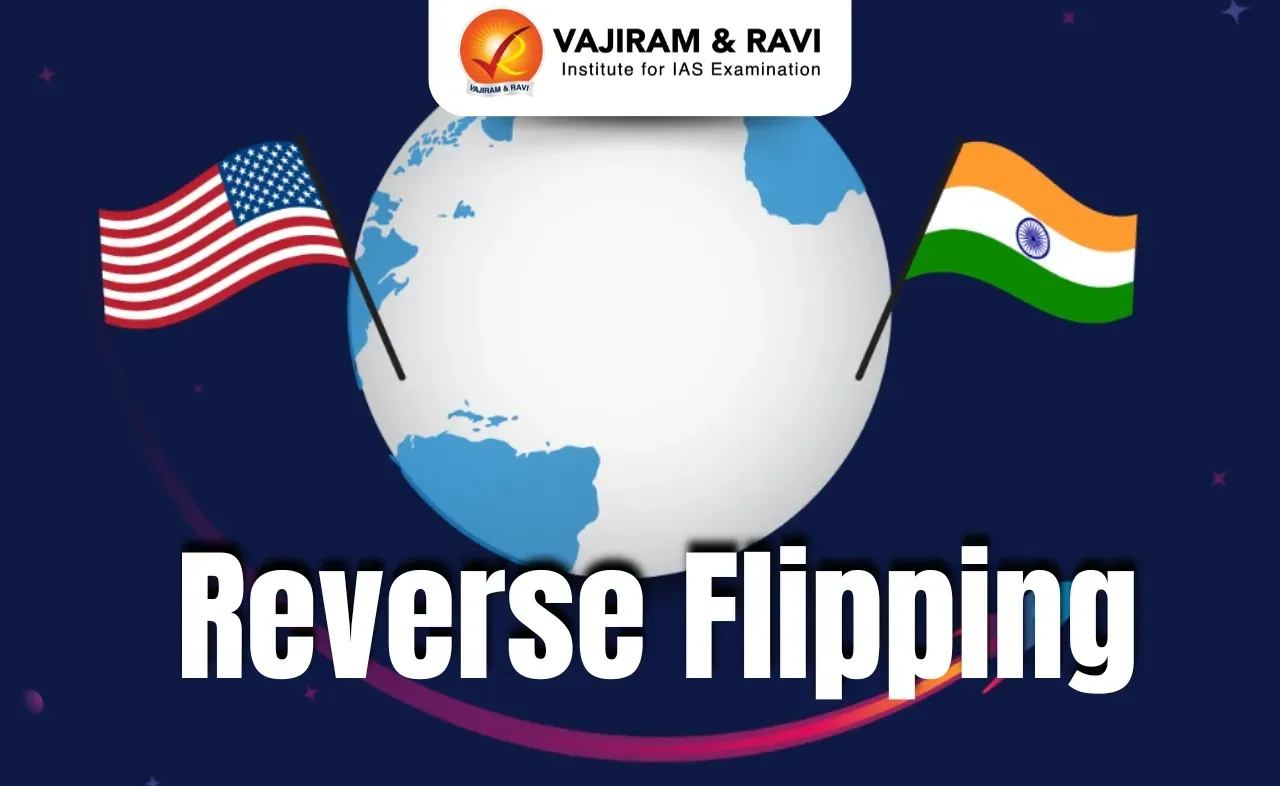About Subduction Zone
- A subduction zone is a spot where two of the planet’s tectonic plates collide and one dives, or subducts, beneath the other.
- Tectonic plates are pieces of the Earth’s rigid outer layer that slowly move across the planet’s surface over millions of years.
- This is the main tenet of plate tectonics, the theory that portions of Earth’s shell glide over the lower mantle, taking continents with them.
- That outer layer, known as the lithosphere, consists of the Earth’s crust and the upper section of the mantle, a dense, hot layer beneath the crust.
- When two tectonic plates meet at a subduction zone and one slides underneath the other, this lithosphere material curves down into the hot mantle.
- This tectonic process can produce some of the planet’s most powerful earthquakes, tsunamis, and volcanoes.
- This subduction process frequently occurs because of the two different types of lithospheres that make up tectonic plates: Continental and oceanic.
- Because oceanic material is denser than continental lithosphere, when the two collide at a subduction zone, the oceanic portion sinks into the mantle beneath the more buoyant continental lithosphere.
- Subduction zones can also occur when both colliding plate sections consist of oceanic material. In these cases, older, denser oceanic lithosphere sinks below younger, more buoyant oceanic lithosphere.
- A new oceanic lithosphere forms at the spots where plates separate, allowing hot mantle material to rise to the surface. As it moves away from those boundaries, this lithosphere cools and gets denser. Thus, older oceanic lithosphere can more easily sink.
- The sinking plate, or “slab,” at a subduction zone tends to bend at an angle of about 30 degrees from Earth’s surface, though some angles are flatter or steeper than this.
- Sometimes, subduction can begin spontaneously, without the forces of collision between plates. This happens as the lithosphere becomes unstable and sinks under the force of gravity. The oceanic lithosphere may grow so old and dense that it collapses and spontaneously forms a subduction zone.
- Subduction zones occur in a horseshoe shape around the edge of the Pacific Ocean, offshore of the USA, Canada, Russia, Japan, and Indonesia, and down to New Zealand and the southern edge of South America.
- Called the “Ring of Fire,” these subduction zones comprise “the most seismically and volcanically active zone in the world,”, responsible for more than 80% of the world’s biggest earthquakes and most of the planet’s active volcanoes.
Q1) What is a Strait?
A strait is a narrow waterway between two pieces of land that connects two large bodies of water. Well-known straits include the Bering Strait, which links the Arctic Ocean with the Bering Sea and separates the continents of Asia and North America at their closest point. The Strait of Gibraltar, located between Spain and Africa, connects the Mediterranean Sea with the Atlantic Ocean. The Strait of Magellan lies between the southern tip of South America and the islands of Tierra del Fuego and links the Atlantic and Pacific oceans.
Source: Subduction zone discovered beneath Gibraltar Strait: Concerns raised over future of Atlantic ocean
Last updated on June, 2025
→ UPSC Notification 2025 was released on 22nd January 2025.
→ UPSC Prelims Result 2025 is out now for the CSE held on 25 May 2025.
→ UPSC Prelims Question Paper 2025 and Unofficial Prelims Answer Key 2025 are available now.
→ UPSC Calendar 2026 is released on 15th May, 2025.
→ The UPSC Vacancy 2025 were released 1129, out of which 979 were for UPSC CSE and remaining 150 are for UPSC IFoS.
→ UPSC Mains 2025 will be conducted on 22nd August 2025.
→ UPSC Prelims 2026 will be conducted on 24th May, 2026 & UPSC Mains 2026 will be conducted on 21st August 2026.
→ The UPSC Selection Process is of 3 stages-Prelims, Mains and Interview.
→ UPSC Result 2024 is released with latest UPSC Marksheet 2024. Check Now!
→ UPSC Toppers List 2024 is released now. Shakti Dubey is UPSC AIR 1 2024 Topper.
→ Also check Best IAS Coaching in Delhi
























